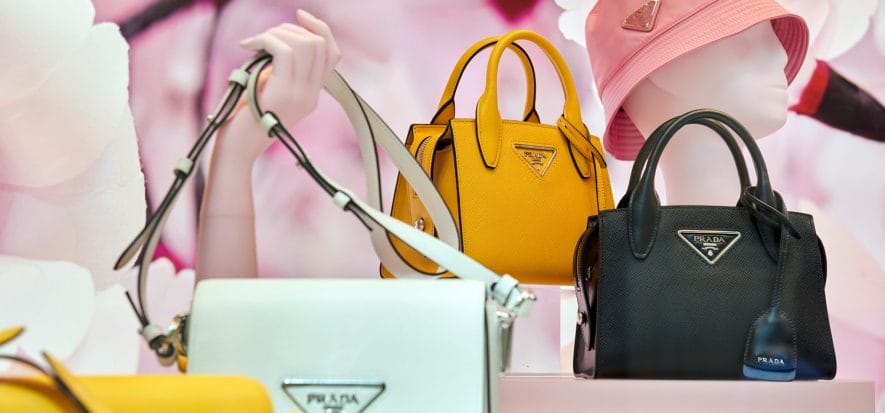There are different ways to raise prices. There is the direct and simple one, which provides for reprinting tags with a higher price than the previous one. But there are also many indirect ways, which allow you to safeguard the profitability of the brand. One of the most used is to make less use of promotions and discounts. But to implement this strategy effectively, the brand itself must have direct control over distribution and therefore limit wholesale. Each brand has its own strategy.
Raising prices
Since last year, for example, Prada has given up on discounts and cut the wholesale channel to focus on direct retail. Same strategy for Gucci, which recently reduced the number of “authorised” multi-brand stores in Italy. At the end of 2018, Ralph Lauren also took this path. Who knows if, given the latest opaque results, it will have to take a step back to try to reduce the unsold. This strategy brings two related advantages: the brand increases direct control of the path taken by the product once it leaves the warehouse and increases its positioning level.
A technique to be dosed
The price increase must be measured and each brand identifies the strategy it deems best. This is also because not all brands have the possibility, and the strength, to increase price tags. The risk is that of provoking a distancing of the consumer. Luca Solca explains this too to Business of Fashion. The Bernstein’s analyst starts from the data: “European luxury goods prices rise by about twice the consumer price index (CPI)”. Solca takes as an example iconic luxury products: the Hermès Birkin and Kelly bags, the Horsebit moccasins by Gucci, the Speedy bag by Louis Vuitton, the Chanel 2.55 bag. And he writes that, in 40 years, prices have risen every year by about 5-7%.
But it highlights how not all products and brands can do this. Especially in China, a very sensitive market. Solca divides the luxury sector into two categories. In the first there are those who have continued to raise prices in China faster than in Europe: Louis Vuitton, Hermès, Burberry and Saint Laurent are part of it. In the second, there are those who have raised prices in Europe faster than in China to fill the gap. Which are? Gucci, Tiffany, Dior, Bulgari and Prada.
Read also:











